
If you’ve lived in Japan for some time, you may have heard of the popular traditional sweet called Akafuku. It’s basically mochi rice cake topped with a rich and incredibly smooth sweet red bean paste. Well, it’s come to our attention that the makers of this long-selling confection are also offering on their website something you may not expect from a sweets manufacturer — awesome paper craft templates, and all free too! So, are you ready for some serious cutting and pasting?
But first, here’s a little more background information for those of you not familiar with Akafuku. The Akafuku company first began as a tea house for pilgrims visiting the famous Ise Shrine in Mie Prefecture, one of the most sacred places in Japan. The Akafuku company has been in operation in Ise City since 1707, so we were quite serious when we said that Akafuku is a long-selling sweet. The confection is made using mochi rice from farms that specialize in growing mochi rice exclusively (not regular rice eaten with meals), and the red bean paste that covers the mochi is made using only azuki beans grown on the northern island of Hokkaido, an area particularly well-suited for growing the beans.
▼Here’s what the Akafuku looks like. Underneath all that smooth red bean paste is soft, white mochi. Yum!
Now, let’s see what paper craft templates of Akafuku and Ise related motifs are offered on the Akafuku website.
1. Akafuku Main Shop
The city of Ise is known for architecture with “Kirizuma-style” gabled roofs, and the main Akafuku Shop is an excellent example of this style. The name Akafuku and the year the company was founded appear in magnificent gold letters on the large sign up on the front. This main shop was built in 1877 and even today retains its look from the Meiji Era.
▼By the way, here’s what the actual shop looks like. As Akafuku is such a well-known treat in Japan, the store is usually crowded with tourists buying the sweet as souvenirs.
2. Sparrow
Each year in the spring, sparrows come to nest in the roof of the main Akafuku shop. They stay until mid-summer, when they travel south, and the folks at Akafuku have always enjoyed having these seasonal winged visitors, as sparrows have traditionally been thought to bring good luck and prosperity, especially to businesses.
3. Akafuku Main Shop (Northern Building)
Although this structure is currently used as part of the Isuzu Chaya (Tea House) cafe, until about 40 years ago, the Akafuku factory was located next to this building and all the Akafuku confections were shipped out from here. It now provides a relaxing environment in which you can have some tea and also enjoy the changing seasons looking into a nice garden.
4. Isuzu Chaya (Tea House) Main Buiding
This tea shop has a lovely interior recreated in the style of a traditional merchant’s house in the Ise area. From the shop, you can enjoy tea and seasonal Japanese sweets while looking into a beautiful garden, as well as the Isuzu River that runs beyond.
5. Carp
Colorful carp can be seen swimming gracefully through the clear waters of the Isuzu River that flows through the grounds of the Ise Shrine complex. The bright fish are sure to be a delightful sight.
6. Isuzu Kura (Storehouse)
This two-story storehouse located adjacent to the Isuzu Tea House is now used as an exhibit/gallery facility. It has the distinct look of a traditional Japanese kura (storehouse) and is certainly interesting to look at as a building.
7. Chicken
Chickens are supposed to be sacred birds that serve as messengers of the Shinto gods and are sometimes even featured in important Shinto ceremonies. The birds can often be seen on the roads to the Ise Shrine, providing an entertaining sight.
8. The Taiko Yagura (Drum Tower)
This taiko (drum) tower is located in the center of Okage Yokocho (Okage Side Street), a tourist area located in front of Ise Shine’s “Inner Shrine”. The side street was created by a subsidiary of the Akafuku company in the early 1990s to reconstruct the look and feel of the city during the late 19th century, when it was filled with travelers making their pilgrimage to Ise Shrine. The tower is still used today for exciting drum performances on weekends and adds to the vibrance of the Okage Yokocho.
9. Joyato (All-night stone lantern)
The final item is this large stone lantern that can be found at the entrance of Okage Yokocho. In the past, such a lantern was lit throughout the night to keep visitors safe in the dark. Today, the lantern has become a symbol of the side street and it still continues to light the way for those visiting the Ise Shrine.
So, there you have the nine templates available from Akafuku. We thought they look quite impressive, especially the details in the old-fashioned buildings. The template as well as an instruction guide on how to make each item can be downloaded from the Akafuku website. The crafts certainly look like fun, so if you’re in the mood for being creative with your hands, why not try creating some of these yourself? And in our opinion, it would definitely be ideal if you could have some Akafuku after you’re done. Happy paper crafting!
Source: Akafuku website via Japaaan Magazine (Japanese)
Top image and inset photos of paper craft creations: Akafuku website
Inset images of actual Akafuku and Akafuku Shop: RocketNews24

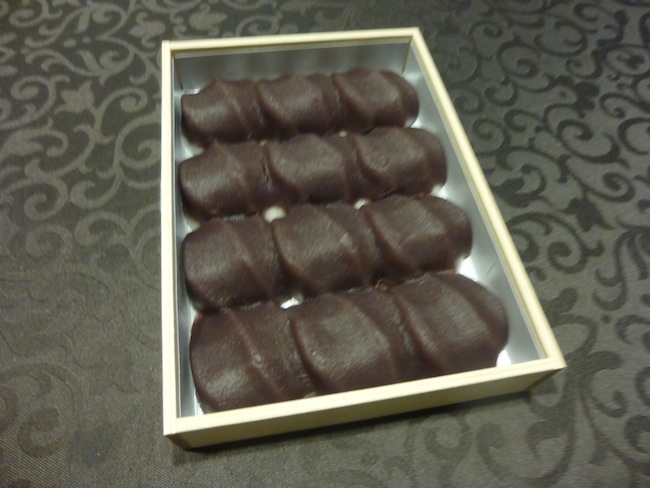
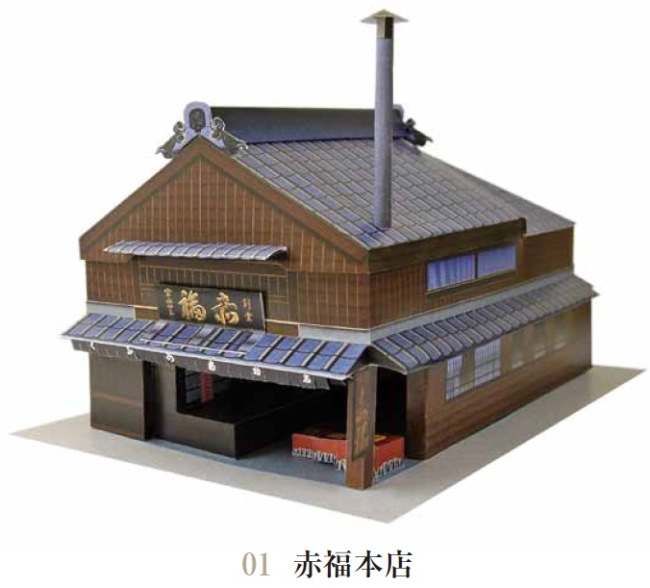
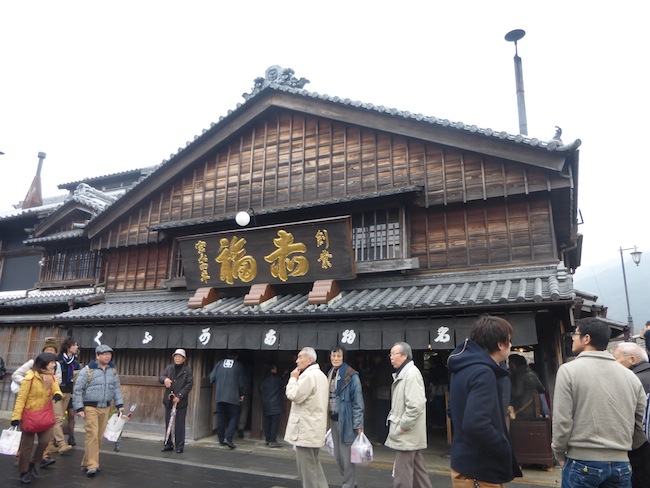
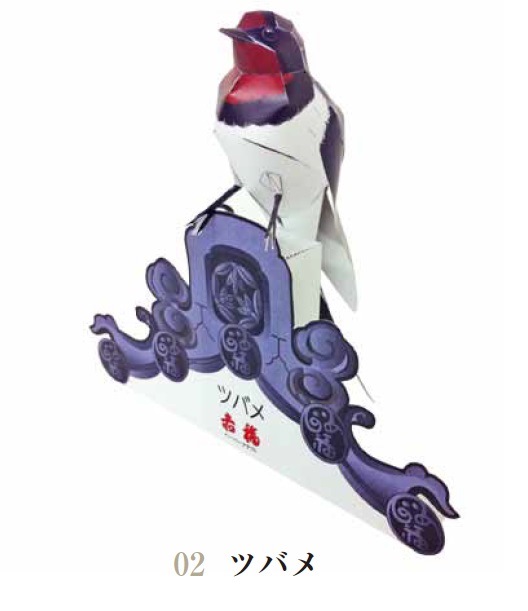

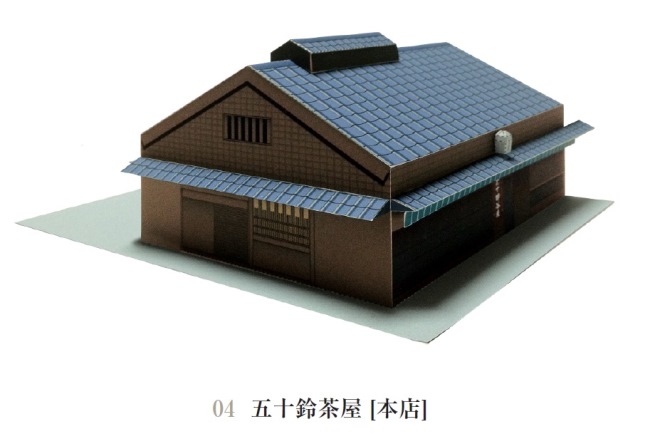
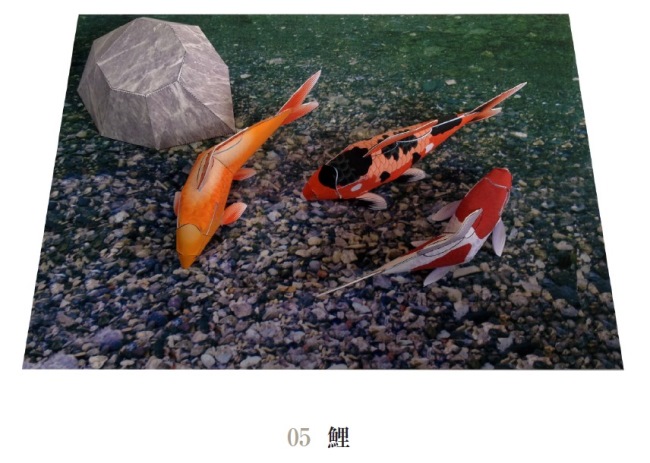
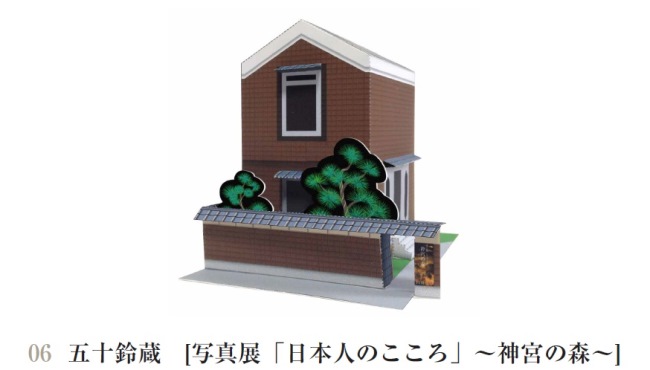
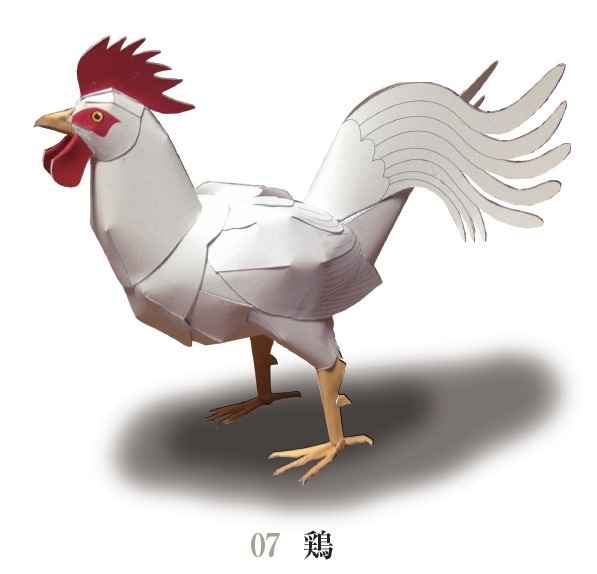
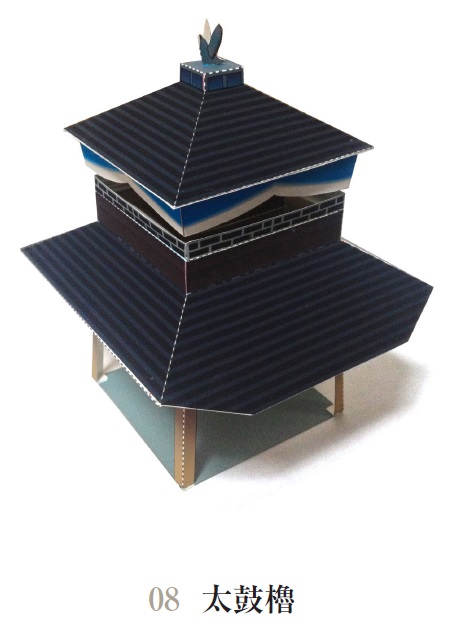
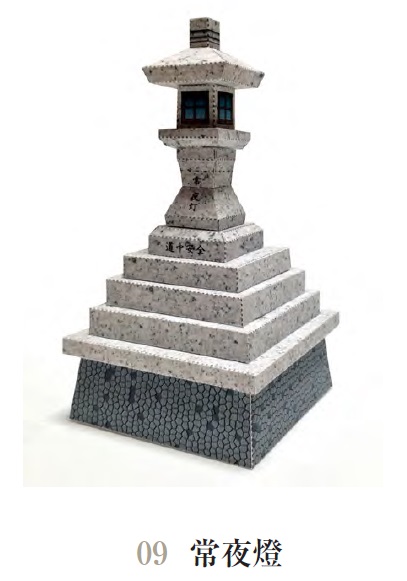
 Matcha Ofukumochi: One of Japan’s most deliciously direct desserts【Taste test】
Matcha Ofukumochi: One of Japan’s most deliciously direct desserts【Taste test】 Majority of Japanese mayors say foreign residents are essential but most see good and bad effects
Majority of Japanese mayors say foreign residents are essential but most see good and bad effects Four Shinto shrines to pray for love at in Japan to start the New Year
Four Shinto shrines to pray for love at in Japan to start the New Year Japanese beef bowl chain Sukiya’s 2026 Smile Box lucky bag basically pays for itself
Japanese beef bowl chain Sukiya’s 2026 Smile Box lucky bag basically pays for itself Village Vanguard’s most expensive Black Lucky Bag sets an ominous tone for 2026
Village Vanguard’s most expensive Black Lucky Bag sets an ominous tone for 2026 Harajuku’s new permanent Tamagotchi shop is filled with cuteness and a surprising lack of poop
Harajuku’s new permanent Tamagotchi shop is filled with cuteness and a surprising lack of poop What did Shibuya really look like after the crowds on New Year’s Day?
What did Shibuya really look like after the crowds on New Year’s Day? That time Seiji called JASRAC to ask why he didn’t get paid royalties for his song being on TV
That time Seiji called JASRAC to ask why he didn’t get paid royalties for his song being on TV Local souvenir tip: our brains are scrambled after finding eggs cooked in the Tottori sand dunes
Local souvenir tip: our brains are scrambled after finding eggs cooked in the Tottori sand dunes Starbucks teams up with 166-year-old Kyoto doll maker for Year of the Horse decorations【Photos】
Starbucks teams up with 166-year-old Kyoto doll maker for Year of the Horse decorations【Photos】 Drunk Japanese woman found sleeping in street by 86-year-old man who comes to her rescue
Drunk Japanese woman found sleeping in street by 86-year-old man who comes to her rescue Starbucks Japan ready to get Year of the Horse started with adorable drinkware and plushies【Pics】
Starbucks Japan ready to get Year of the Horse started with adorable drinkware and plushies【Pics】 Hayao Miyazaki says Happy New Year to Studio Ghibli fans with new art for Year of the Horse
Hayao Miyazaki says Happy New Year to Studio Ghibli fans with new art for Year of the Horse We found possibly the quietest Japanese-style hotel in Tokyo’s bustling Shinjuku district
We found possibly the quietest Japanese-style hotel in Tokyo’s bustling Shinjuku district Cup Noodle tries an authentic Jiro-style ramen, but something’s not quite right
Cup Noodle tries an authentic Jiro-style ramen, but something’s not quite right The best Starbucks Japan Frappuccinos we want to drink again in 2026
The best Starbucks Japan Frappuccinos we want to drink again in 2026 We revisited Sweets Paradise after a decade to see if Japan’s dessert buffet still delivers
We revisited Sweets Paradise after a decade to see if Japan’s dessert buffet still delivers Japan’s oldest largetooth sawfish in captivity back on display in Mie Prefecture
Japan’s oldest largetooth sawfish in captivity back on display in Mie Prefecture Pizza Hut Japan’s hot lucky bags are perfect for a New Year’s pizza party
Pizza Hut Japan’s hot lucky bags are perfect for a New Year’s pizza party 7-Eleven Japan starts new temporary luggage storage service in over 300 branches
7-Eleven Japan starts new temporary luggage storage service in over 300 branches Disillusionment at Tsukiji’s tourist-target prices led us to a great ramen restaurant in Tokyo
Disillusionment at Tsukiji’s tourist-target prices led us to a great ramen restaurant in Tokyo Tokyo considering law requiring more trash cans following litter increase in heavily touristed area
Tokyo considering law requiring more trash cans following litter increase in heavily touristed area Tokyo’s Tsukiji sushi neighborhood asks tour groups to stay away for the rest of the month
Tokyo’s Tsukiji sushi neighborhood asks tour groups to stay away for the rest of the month Tokyo event lets you travel back in time, for free, to celebrate 100 years since Showa era start
Tokyo event lets you travel back in time, for free, to celebrate 100 years since Showa era start Japan may add Japanese language proficiency, lifestyle classes to permanent foreign resident requirements
Japan may add Japanese language proficiency, lifestyle classes to permanent foreign resident requirements Sanrio theme park in Japan announces plans to expand into a Sanrio resort
Sanrio theme park in Japan announces plans to expand into a Sanrio resort Stamina-destroying “Paralysis Noodles” are Tokyo’s newest over-the-top ramen innovation
Stamina-destroying “Paralysis Noodles” are Tokyo’s newest over-the-top ramen innovation Survey asks foreign tourists what bothered them in Japan, more than half gave same answer
Survey asks foreign tourists what bothered them in Japan, more than half gave same answer Japan’s human washing machines will go on sale to general public, demos to be held in Tokyo
Japan’s human washing machines will go on sale to general public, demos to be held in Tokyo Japan’s deadliest food claims more victims, but why do people keep eating it for New Year’s?
Japan’s deadliest food claims more victims, but why do people keep eating it for New Year’s? We deeply regret going into this tunnel on our walk in the mountains of Japan
We deeply regret going into this tunnel on our walk in the mountains of Japan Studio Ghibli releases Kodama forest spirits from Princess Mononoke to light up your home
Studio Ghibli releases Kodama forest spirits from Princess Mononoke to light up your home Major Japanese hotel chain says reservations via overseas booking sites may not be valid
Major Japanese hotel chain says reservations via overseas booking sites may not be valid Put sesame oil in your coffee? Japanese maker says it’s the best way to start your day【Taste test】
Put sesame oil in your coffee? Japanese maker says it’s the best way to start your day【Taste test】 No more using real katana for tourism activities, Japan’s National Police Agency says
No more using real katana for tourism activities, Japan’s National Police Agency says Starbucks Japan reveals new sakura drinkware collection, inspired by evening cherry blossoms
Starbucks Japan reveals new sakura drinkware collection, inspired by evening cherry blossoms Updated cherry blossom forecast shows extra-long sakura season for Japan this year
Updated cherry blossom forecast shows extra-long sakura season for Japan this year
Leave a Reply